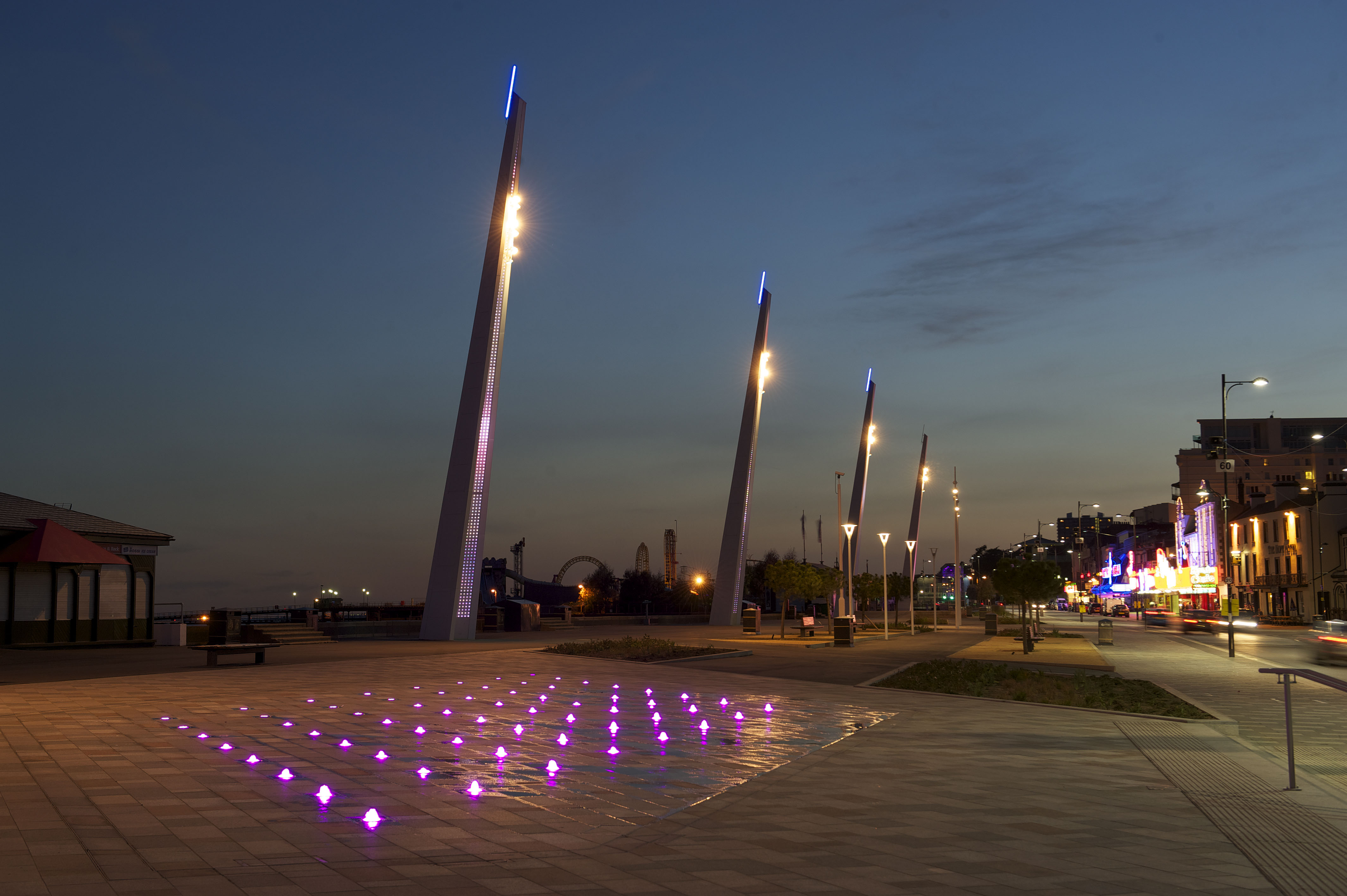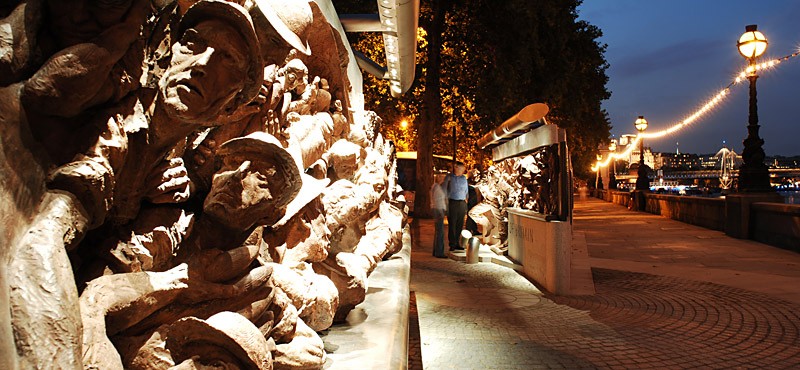Our lighting engineer Guy Harding – who is a Fellow and Vice President Membership of the Institution of Lighting Professionals – examines the latest design trends and asks whether they can provide form and function on an equal footing.
Ask the average person what lighting has done for them lately and you’ll be hard-pressed to get an answer far beyond ‘it helps me see where I’m going’. While we don’t doubt the exceedingly practical uses of lighting, a school of thought has it that great lighting can accentuate great design and make its subject even more attractive
From ancient monuments to sports stadiums, a lighting scheme must bring more than practicality to the table if it is to draw visitors.
More than just lighting
Across the world, lighting schemes are doing more than just stopping pedestrians from stumbling in the dark – in Helsinki, 86,000 luminaires operate ‘smartly’ at different levels depending on the time of day and time of year; the city’s location in the Northern Hemisphere causes wildly varying levels of daylight depending on the season. 
Helsinki
From a design perspective, lighting can play its part in enhancing the aesthetics of just about any landmark or building. Sitting atop Castle Rock, Edinburgh Castle dominates the city skyline even at night, with a beautiful glow lighting up its outer walls, while our Southend Masts sit beside the sea and catch the eye of passers-by, thanks to 9,000 built-in LED lights.
So what are the basic considerations that give a good lighting scheme the desired form alongside function? A recent talk at the Surface Design Show given by Ian Ruxton, Design Associate at Speirs + Major, listed a few key points:
- Lighting for function – for use of the space after dark
- Lighting to display – making a building instantly recognisable without the need for signposting
- Interpretation – to illustrate the function of the building or to highlight certain features
- Gathering – to draw or attract people
- Drama – to create a sense of drama or theatre
- Narrative – to tell a story, for example, the Grand Mosque in Abu Dhabi is lit in colour according to the phases of the moon.
On future projects, lighting designers must apply their work with these key considerations in mind to create an overall effect that’s functional, memorable and sparks conversation with visitors who want to find out the full story behind it.
Clever editing
Lighting design takes its cue from a wide range of technical aspects and colour choices, which can be controlled by designers to create the desired effect. Such clever ‘editing’ of a piece can both highlight and downplay selected areas. Southend Light Masts
Southend Light Masts
In terms of colour, the choice of hues, warmth or coolness, rendering and emphasis on non-traditional spectra (for example, the use of artificial reds on a butcher’s counter or blue-rich whites to enhance the blueness of a swimming pool) can help portray your subject in any ‘light’ you wish.
Similarly, the methods of control used in lighting are, technologically speaking, more accessible than ever before. From soft washes to intense spotlights, lighting designers can set the mood accordingly. Even in daylight, the use of artificial lighting can nicely complement and contrast.
However, just as technically-savvy lighting can modernise and stylise, there are situations where some very clever thinking will be required to work around physical limitations.
Environmental concerns
Good lighting should only add to the environment, not detract from or even damage it. By using traditional light fixtures there’s a chance you could ruin a building you want to light up, or cause nuisance by using them.
Not only would a listed building or place of interest prevent many physical fixtures from being added to the design, care must also be taken over light emissions, with UV and infra-red rays having potentially harmful effects on delicate fabrics or artefacts. Aside from the risk of light pollution, a high-powered lighting system’s tendency to hum may also cause unwanted noise in what’s supposed to be a serene environment such as a church.
With building regulations, energy-saving measures and local laws all weighing on design considerations, it’s important that one provisional lighting plan addresses all these concerns while also lending new aesthetic quality to its subject.
Solving the design puzzle
Fortunately, we’re able to point to previous examples of lighting design that satisfy both Ruxton’s considerations and our own technical expertise.  Battle of Britain Memorial, London
Battle of Britain Memorial, London
The Battle of Britain monument on London’s Victoria Embankment commemorates such a vital event that the nation is proud to remember both day and night, illuminating the sense of history instilled in its viewers. Unveiled in 2005, the lighting cast down on the bronze monument was chosen to give light to the hard battles fought by British soldiers and enhance its overall visual appeal.
 Gateshead Quays
Gateshead Quays
In Gateshead, similar thought was given to creating a tribute to one of the hotbeds of the Industrial Revolution, and heavy investment saw the construction of one of the country’s leading arts spaces. The Sage Gateshead attracts the world’s best musicians year after year, and its stainless steel and glass structure is an amazing piece of architecture.
Given its heaviest use comes as a music venue at night, an equally visually striking concept was needed to light the way to and from the venue – provided with products from our Geo range. A bespoke handrail with coloured glass panels complements the area perfectly, and the new lighting system provides for both form and function.
Good lighting design does more than just point us in the right direction – used well it can also add visual appeal and attract a crowd. A lighting project needs to be considered not only on a practical level but on an aesthetic level too, to ensure a creative solution that’s sustainable and safe.



